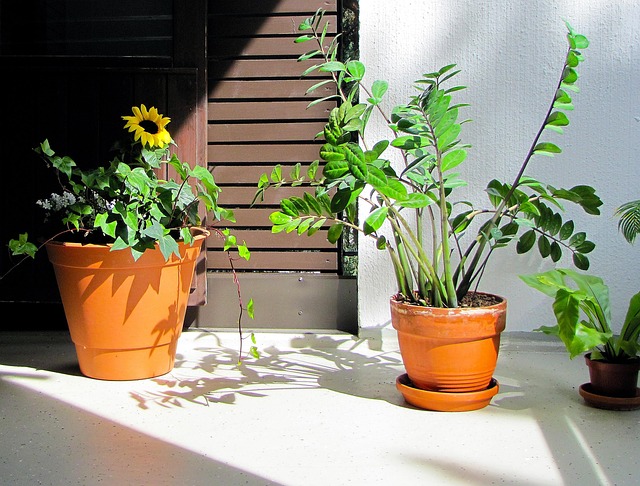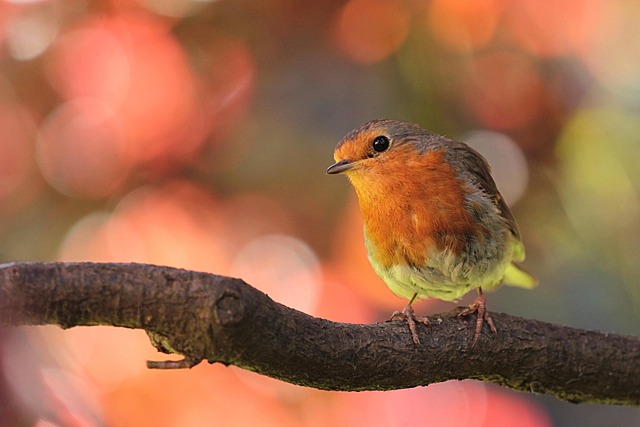
Bio Against Flies Eco Friendly Balcony Gardening Guide
Balcony gardens are a growing trend among city dwellers who crave a slice of nature without the space of a backyard. They offer an intimate connection to plants, a source of fresh herbs, and an opportunity to practice sustainable living. One challenge that frequently arises in these compact green spaces is the presence of flies, which can quickly undermine the enjoyment of a balcony garden. Fortunately, there are natural, eco‑friendly solutions that protect plants and humans alike. This guide focuses on a highly effective biological approach—known as bio against flies—and how it can be integrated into a balcony garden for a cleaner, greener environment.
Understanding the Fly Problem on Small Gardens
Flies, particularly fruit flies, houseflies, and fungus gnats, are attracted to a variety of organic materials common in balcony gardens: overripe fruit, damp soil, decaying mulch, and even the small compost heaps that many balcony growers maintain. While these insects are natural decomposers, their presence in large numbers can be detrimental. They bite, spread diseases, and contaminate produce, undermining the health of plants and the safety of those who consume them.
- Fruit flies swarm around sweet or rotting fruit.
- Houseflies are drawn to any organic waste.
- Fungus gnats thrive in moist, nutrient‑rich soil.
The Principle of Bio Against Flies
At its core, bio against flies refers to the use of biological agents that naturally regulate fly populations. Unlike chemical pesticides, these solutions harness ecological interactions—predation, parasitism, competition—to keep fly numbers in check. They are non‑toxic, safe around pets and children, and support the balance of a balcony ecosystem.
Key Biological Tools
There are several proven biological methods that can be employed on a balcony:
- Predatory mites (e.g., Hypoaspis miles) feed on fungus gnat larvae.
- Beneficial nematodes (e.g., Steinernema feltiae) parasitize a range of fly larvae.
- Trichogramma wasps attack the eggs of fruit flies.
- Microbial larvicides (e.g., Bacillus thuringiensis var. israelensis) target larval stages of gnats and mosquitoes.
Preparing Your Balcony for Biological Control
Before introducing biological agents, it’s essential to create an environment that supports both your plants and the beneficial organisms. The following steps help establish a fly‑free balance.
- Optimize soil moisture: Overwatering is a prime attractant for fungus gnats. Use self‑watering containers or incorporate a layer of river pebbles at the bottom of pots to promote drainage.
- Use high‑quality potting mix: A well‑aerated mix reduces organic debris that could feed flies.
- Implement a composting strategy: Separate a small compost bin on the balcony, and use a biochar filter to minimize odors that attract flies.
- Maintain cleanliness: Regularly remove fallen leaves, fruit pulp, and food scraps to reduce breeding sites.
Timing the Introduction of Bio Agents
The effectiveness of biological controls depends on when they are applied. For example:
- Predatory mites should be added when gnat larvae are present, usually during the early stages of plant growth.
- Beneficial nematodes thrive in moist soil; apply them after watering and when the soil is not yet fully dry.
- Microbial larvicides need to be mixed with water and sprayed at the soil surface during the first week of a growing season.
Integrating Bio Against Flies Into a Daily Care Routine
Beyond the initial application, ongoing care ensures that fly populations remain controlled. This section offers a practical schedule for balcony gardeners.
- Weekly Inspection: Check pots for damp patches and signs of larvae. Use a magnifying glass if necessary.
- Monthly Biological Application: Depending on the agent, re‑apply predatory mites or nematodes every 4–6 weeks. Microbial larvicides can be refreshed bi‑weekly during wet seasons.
- Seasonal Adjustment: In colder months, reduce watering to lower soil humidity and consequently reduce gnat activity.
- Biological Diversity: Plant a mix of herbs and flowers that attract beneficial insects like ladybugs and lacewings, further strengthening natural pest control.
Monitoring Success
Track the progress by noting:
- Reduction in visible larvae or pupae.
- Decreased fly buzz around the balcony.
- Improved plant health: fewer leaf spots, less wilting.
Complementary Eco‑Friendly Practices
While bio against flies is potent, combining it with other sustainable practices amplifies results and enhances the overall ecological footprint of your balcony garden.
- Rainwater Harvesting: Use collected rainwater to keep irrigation water fresh and reduce reliance on tap water.
- Compost Tea: Brew a tea from compost and apply it to plants; it enriches soil and contains microbes that deter pests.
- Herb Garden Companion Planting: Basil, mint, and lavender repel flies and attract pollinators.
- Solar Powered Fans: A small, solar fan can create airflow that discourages flies from settling on plants.
Addressing Common Concerns
Adopting biological controls often brings questions. Below are concise answers to the most frequently raised concerns.
- Are bio agents harmful to my plants? No, all the agents listed are plant‑safe when used according to label instructions.
- Do they affect my pets? They are non‑toxic and pose no risk to dogs, cats, or birds.
- Will they persist in the environment? They are naturally occurring and integrate into the balcony ecosystem, becoming part of the ongoing ecological balance.
- What if I still see flies? Persistent problems may indicate hidden breeding sites—check every pot, container, and debris pile thoroughly.
When to Seek Professional Help
Although balcony gardens are small, severe infestations can sometimes require professional pest management. Signs that suggest a need for expert intervention include:
- Rapid, unchecked growth of fly populations.
- Plant damage that cannot be halted by standard biological measures.
- Health concerns for vulnerable individuals in the household.
Celebrating a Fly‑Free Balcony
When the balance is achieved, a balcony garden transforms into a tranquil sanctuary. The absence of flies brings more than just comfort—it signals a thriving, self‑sustaining ecosystem that respects both human and environmental well‑being. Enjoy the aromatic herbs, the vibrant colors of the plants, and the gentle hum of pollinators that replace the intrusive buzz of flies.
Looking Ahead
As urban gardening continues to expand, the principles outlined in this guide—grounded in biological control, sustainable practices, and thoughtful maintenance—will become foundational for any balcony garden. By prioritizing eco‑friendly methods, we can protect our small green spaces, reduce chemical usage, and contribute to a healthier planet.



